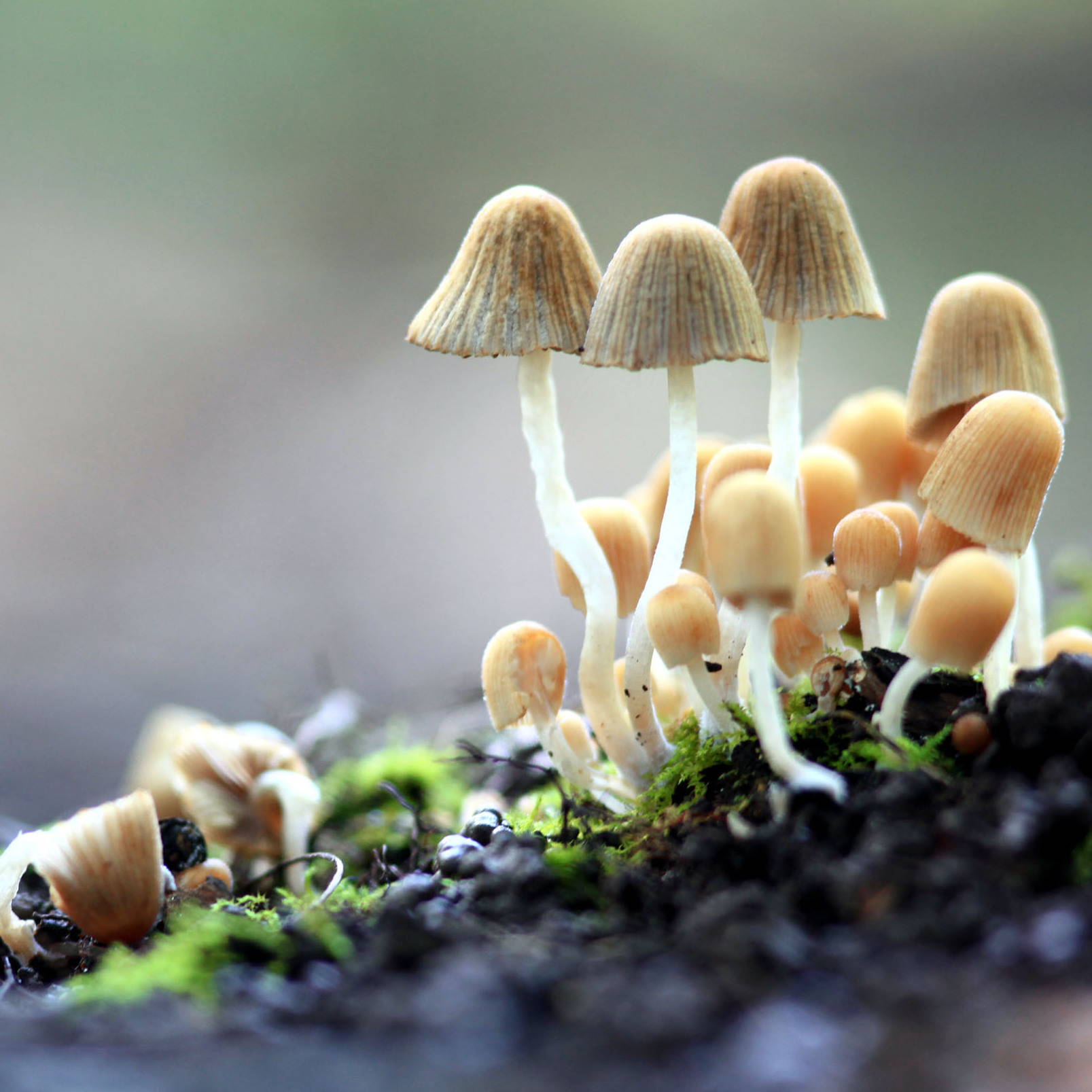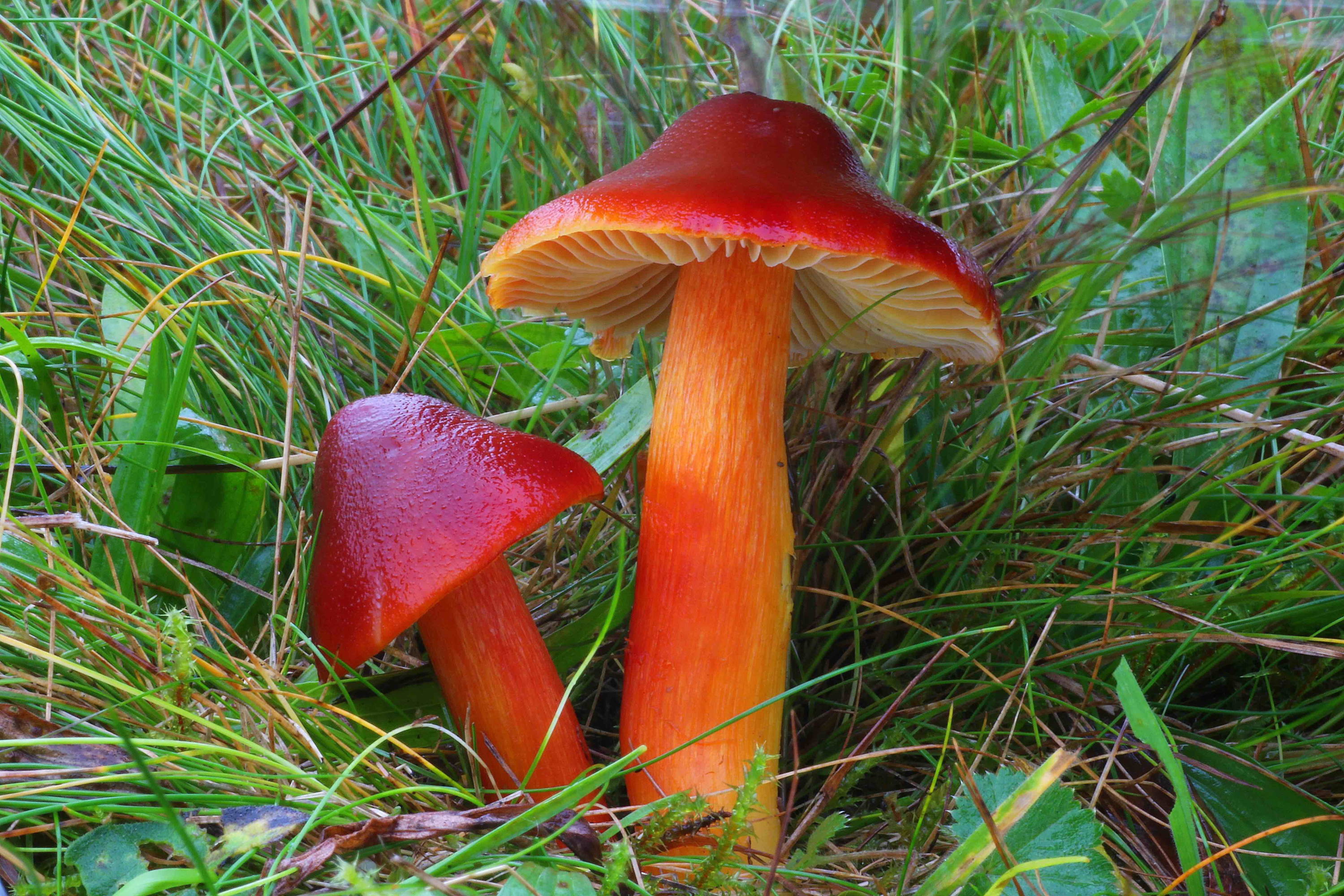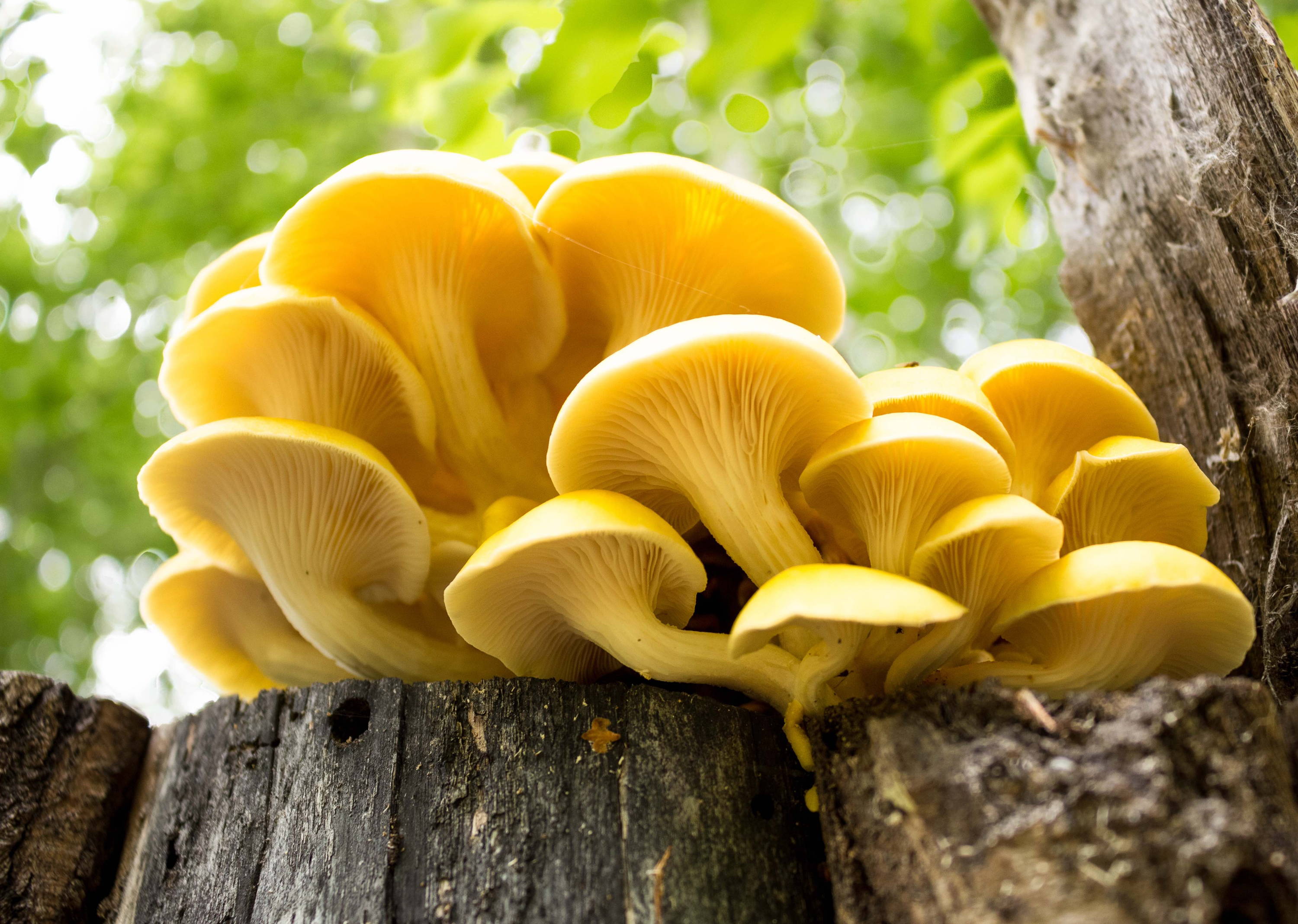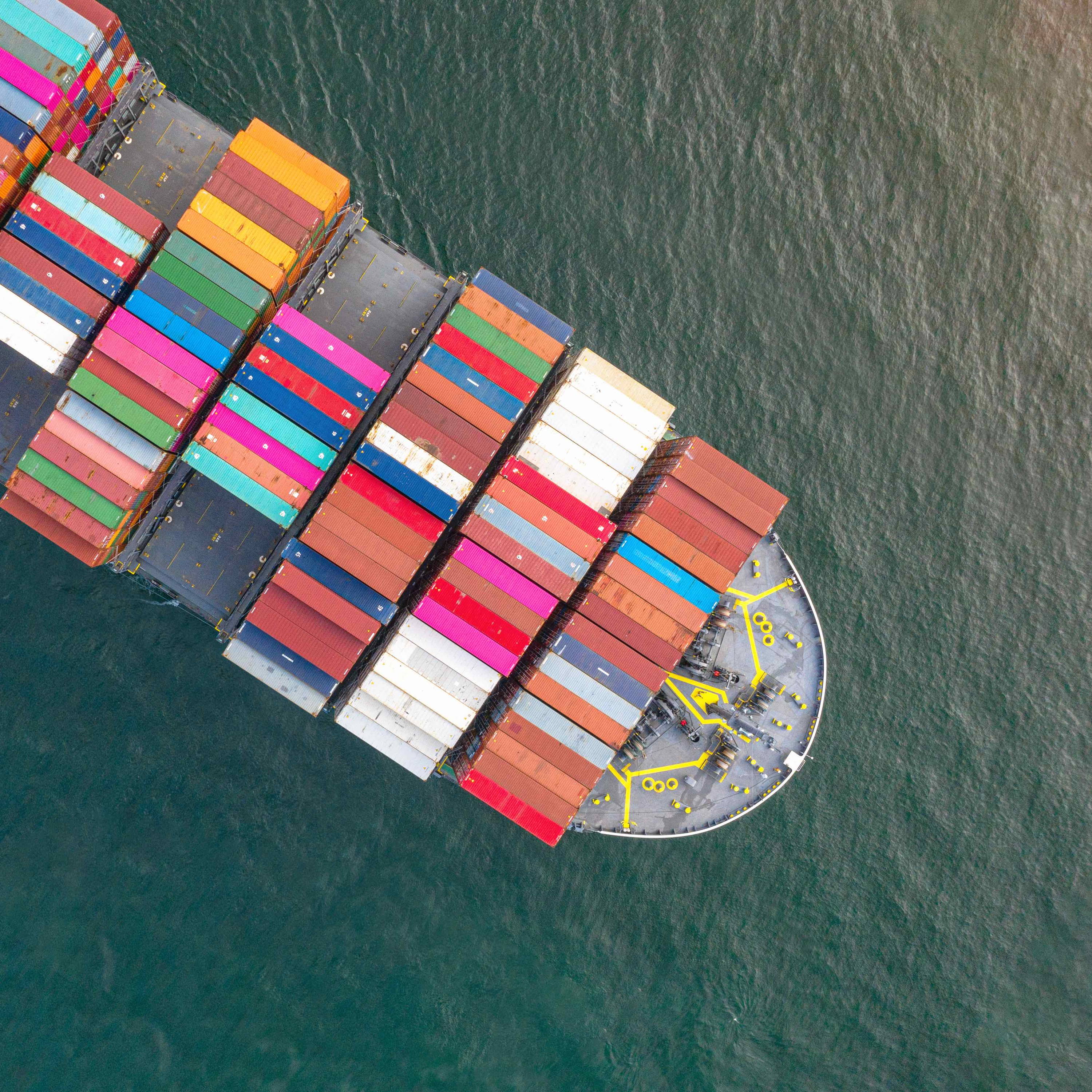
11 Ways Fungi Could Save The Planet
From clearing up oil spills to growing buildings, mushrooms might hold the answer to many of the world’s biggest issues
By hannah rochell
26 january 2022
They’re neither plants nor animals: fungi are a whole kingdom of their own sitting somewhere in the middle of the two. And they are AMAZING. They’ve been around for billions of years, and without them, neither plants nor terrestrial animals would exist. They’re vital for decomposing dead materials, regenerating soil, and giving life to everything around us. But we’ve only just scratched the surface when it comes to understanding their extraordinary potential.
Mushrooms, which you should think of as the ‘fruit’ of the fungi, have many useful properties, the obvious ones being food and medicine. The often forgotten part of fungi, however, is called mycelium. It’s the fine network of white fungi ‘roots’ that can run underground for miles and miles. Trees use these filament pathways to communicate with each other and even to swap nutrients. Mind blowing stuff!
So what else are fungi capable of? Here are 11 ways that they could be used to help save the planet.

image: Shutterstock
1. As a carbon sink
We all know that plants sequester CO2 and convert it to oxygen for us to breathe, but they put 70% of the carbon they absorb below ground. Here, fungi can store it and stabilise it in their network of fine mycelium filaments. The carbon can stay safely stored here, providing nutrients and improving soil health, for thousands of years.
2. To solve the landfill crisis
In Ecuador in 2011, Yale students discovered that a fungus called Pestalotiopsis microspora has the ability to digest and break down polyurethane plastic, even in an air-free environment, meaning it might be effective at the bottom of landfills. Further studies have shown that over the course of a couple of months, edible Oyster and Split gill mushrooms can fully degrade small pieces of plastic, leaving nothing behind but a tasty mycelium snack.
3. As an alternative to leather
MycoWorks is a company that has been making and developing an alternative to animal leather called Fine Mycelium since 2016. The material not only looks and feels like a buttery soft leather, but its sustainable credentials are massive. As well as being animal-free (because it’s made from fungi), it can be grown to the exact size and shape needed - eg, the pieces needed to make a shoe - meaning that there is no waste.

image: MycoWorks/Hermes
4. As biodegradable packaging
Mushroom-based packaging is perfect to use instead of oil-based polystyrene, which takes thousands of years to decompose. IKEA has switched to a mycelium-based packaging called MycoComposite, which can be ‘grown’ in less than a week to the exact shape and size needed using significantly less energy than traditional packaging; after use, it breaks down into harmless materials in a matter of weeks.
5. To grow buildings
In 2014, a building called Hy-Fi was ‘grown’ out of mushrooms in New York City, which was carbon neutral and biodegradable. The white bio bricks its towers were constructed from were created by packing together agricultural waste and mycelium, allowing them to grow inside a mould until they became solid. The FUNGAR Project continues to experiment with using fungi as an alternative to traditional carbon-hungry materials like concrete.

image: Ecovative/Instagram
6. To filter water
In the 1980s, world-famous mycologist (that’s a fungi expert) Paul Stamets conducted a groundbreaking study to reduce water pollution from livestock using large edible mushrooms called Garden Giant, growing in beds of wood chip; these were used as a filter in the path of the agricultural runoff. He recorded a 100-fold reduction in water pollution levels, sparking an interest in using mycofiltration to purify water.
7. To feed livestock
Almost 80% of the world’s soybean crops are used to feed livestock, and converting land from rainforests and savannahs to grow it is a huge contributor to the climate crisis. But mushrooms can help: some fungi can break down indigestible straw stalks to a carbohydrate-rich material that can be digested easily by cattle, sheep and goats. When it comes to chickens, studies have shown that when fed mushroom supplements, they can lay better quality eggs.
8. As an alternative to meat
Mushrooms might hold the solution for feeding animals, but as we all need to cut down on our meat consumption, we should be eating more mushrooms, too. They’re particularly good to help persuade a stubborn carnivore to eat more veg; some varieties can be ground down into a meat-like texture and used for burgers or mince, while King Oyster mushrooms make a great pulled pork substitute.

Image: oyster mushrooms/Shutterstock
9. To clear up oil spills
Mycoremediation is the practice of using fungi to clear up hazardous waste, including oil spills and heavy metals. In the Ecuadorian Amazon rainforest for instance, oil-filled pits were left by oil companies for decades, and although they eventually returned to clear them up, they didn’t regenerate the soil. Now, workshops are showing local people how to break down the remains of the crude oil with a native fungus called Geomyces, plants and microbes, a process that restores nutrients and ecosystems.
10. To absorb radioactivity
In 1991, scientists discovered a thick black fungus growing in the remains of the Chernobyl Nuclear Power Plant that was thriving on radioactivity. In fact, it was able to ‘eat’ it, decomposing radioactive materials like hot graphite in the reactor by absorbing them and converting them into energy for growth. Known as radiotrophic fungi, it has since been experimented with on the International Space Station as a shield to protect astronauts from radiation.
11. To save the bees
Bees have been having a hard time lately, and one of the issues facing honey bees is highly infectious viruses that kill off entire colonies. No bees means no pollination, and no pollination means no food. For anyone. But studies - once more spearheaded by all-round fun guy Paul Stamets - have shown that feeding bees certain types of mycelium can increase their chances of survival. The fungi are from a group known as polypores, which studies have shown possess potent antiviral properties against dangerous infections like swine flu, pox viruses, and HIV.
Want to learn more? Head to this fungi film, book and podcast.
WATCH
Fantastic Fungi is a fascinating documentary available on Netflix
READ
Delve into the incredible world of fungi with the book Entangled Life
LISTEN
Fungi: The New Frontier is a 3-part radio documentary from the BBC
100% of profits from the sales of #TOGETHER products go to charities that advance the Sustainable Development Goals. Find out more here.



